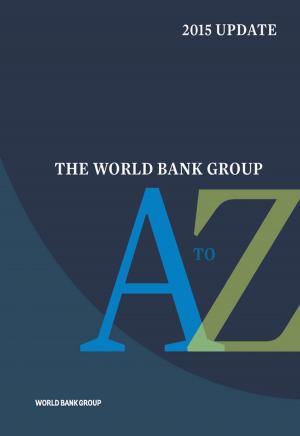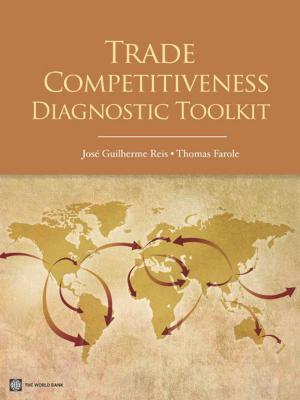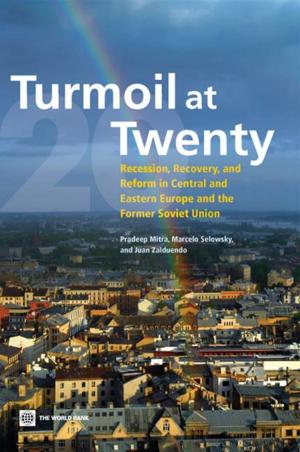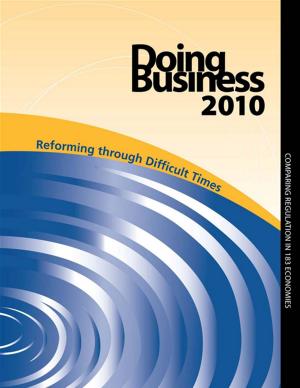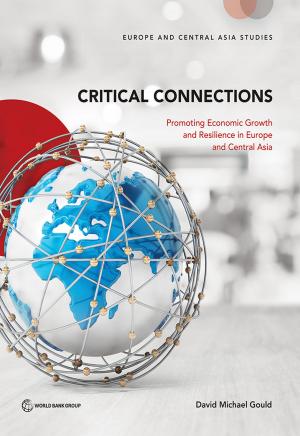| Author: | Mattoo Aaditya ; Carzaniga Antonia | ISBN: | 9780821354063 |
| Publisher: | World Bank | Publication: | June 6, 2003 |
| Imprint: | Language: | English |
| Author: | Mattoo Aaditya ; Carzaniga Antonia |
| ISBN: | 9780821354063 |
| Publisher: | World Bank |
| Publication: | June 6, 2003 |
| Imprint: | |
| Language: | English |
The WTO is today dealing with an issue that lies at the interface of two major challenges the world faces, trade liberalization and international migration. Greater freedom for the "temporary movement of individual service suppliers" is being negotiated under the General Agreement on Trade in Services (GATS). Conditions in many developed economies - ranging from aging populations to shortages of skilled labor - suggest that this may be a propitious time to put labor mobility squarely on the negotiating agenda. Yet there is limited awareness of how the GATS mechanism can be used to foster liberalization in this area of services trade. At the same time there is great concern, about the possible social disruption in host countries and brain drain from poor countries. As a first step in improving our understanding of the implications of such liberalization, this volume brings together contributions from service providers, regulators, researchers and trade negotiators. They provide different perspectives on one central question: how is such liberalization best accomplished, in a way that benefits both home and host countries? The result, combining insights from economics, law and politics, is bound to be a vital input into the WTO services negotiations as well as the broader debate on the subject.
The WTO is today dealing with an issue that lies at the interface of two major challenges the world faces, trade liberalization and international migration. Greater freedom for the "temporary movement of individual service suppliers" is being negotiated under the General Agreement on Trade in Services (GATS). Conditions in many developed economies - ranging from aging populations to shortages of skilled labor - suggest that this may be a propitious time to put labor mobility squarely on the negotiating agenda. Yet there is limited awareness of how the GATS mechanism can be used to foster liberalization in this area of services trade. At the same time there is great concern, about the possible social disruption in host countries and brain drain from poor countries. As a first step in improving our understanding of the implications of such liberalization, this volume brings together contributions from service providers, regulators, researchers and trade negotiators. They provide different perspectives on one central question: how is such liberalization best accomplished, in a way that benefits both home and host countries? The result, combining insights from economics, law and politics, is bound to be a vital input into the WTO services negotiations as well as the broader debate on the subject.






